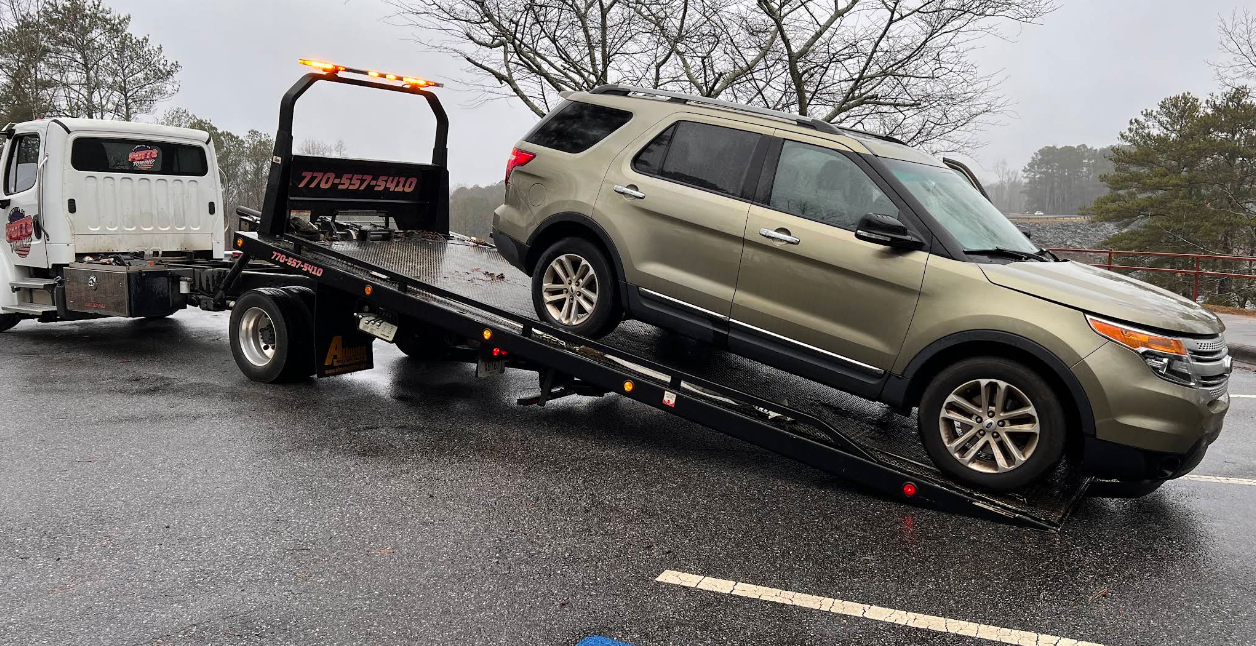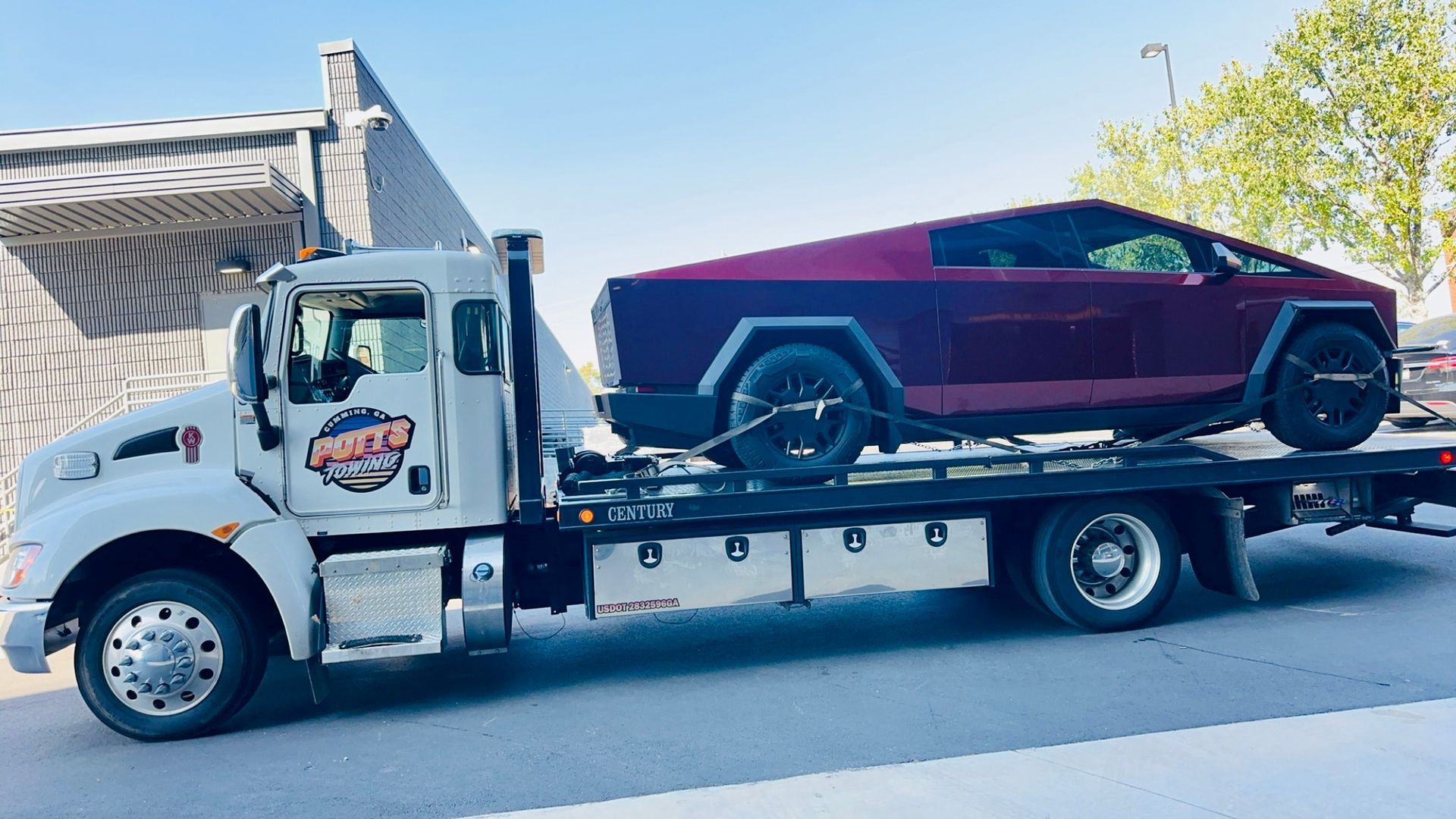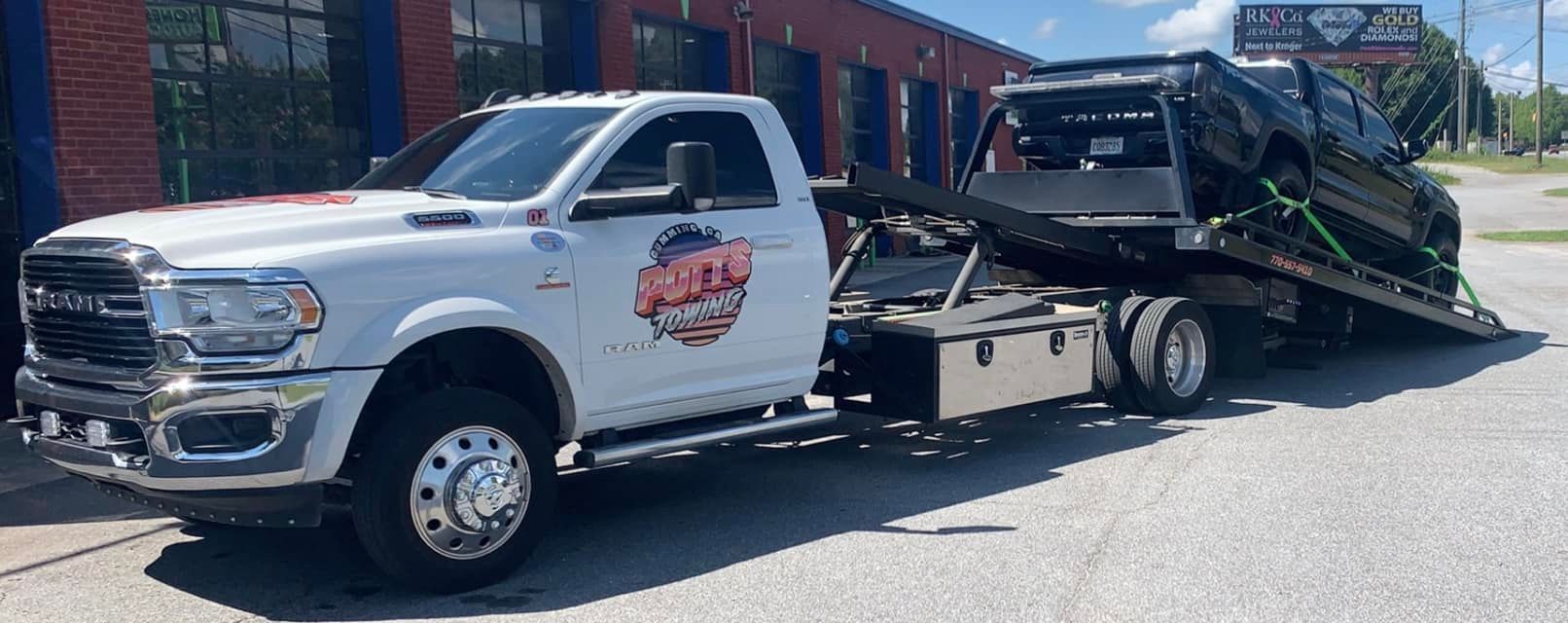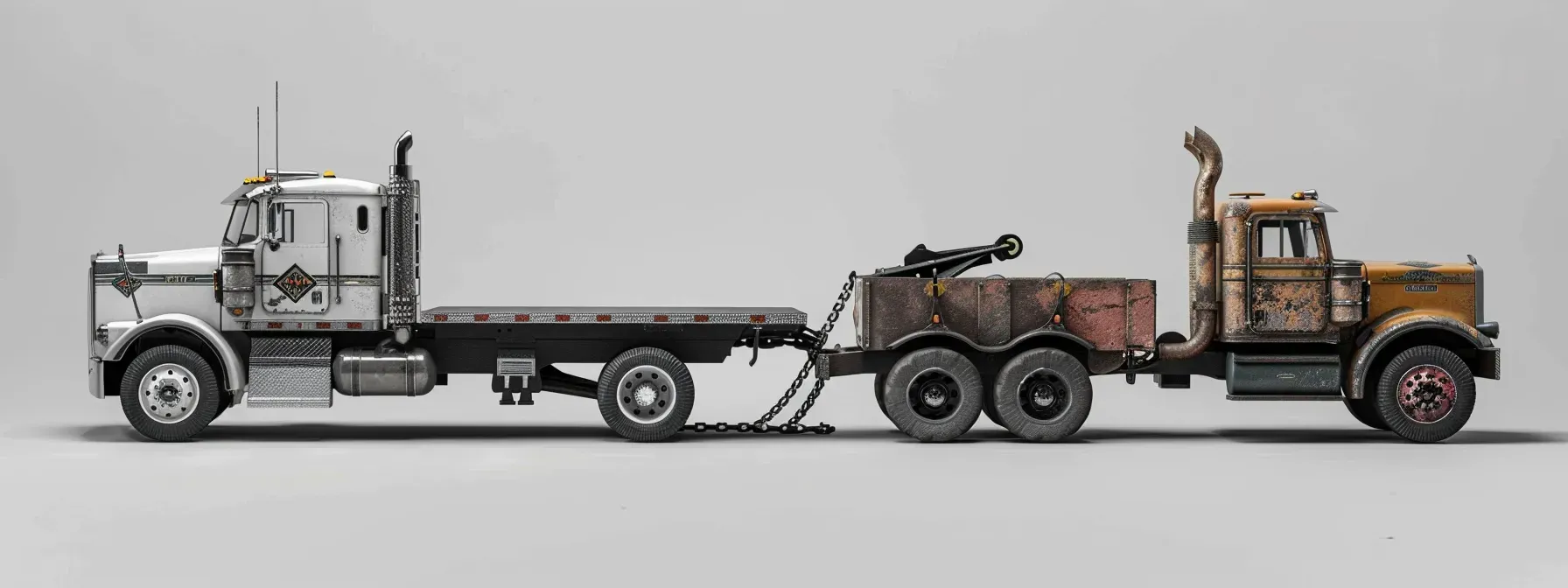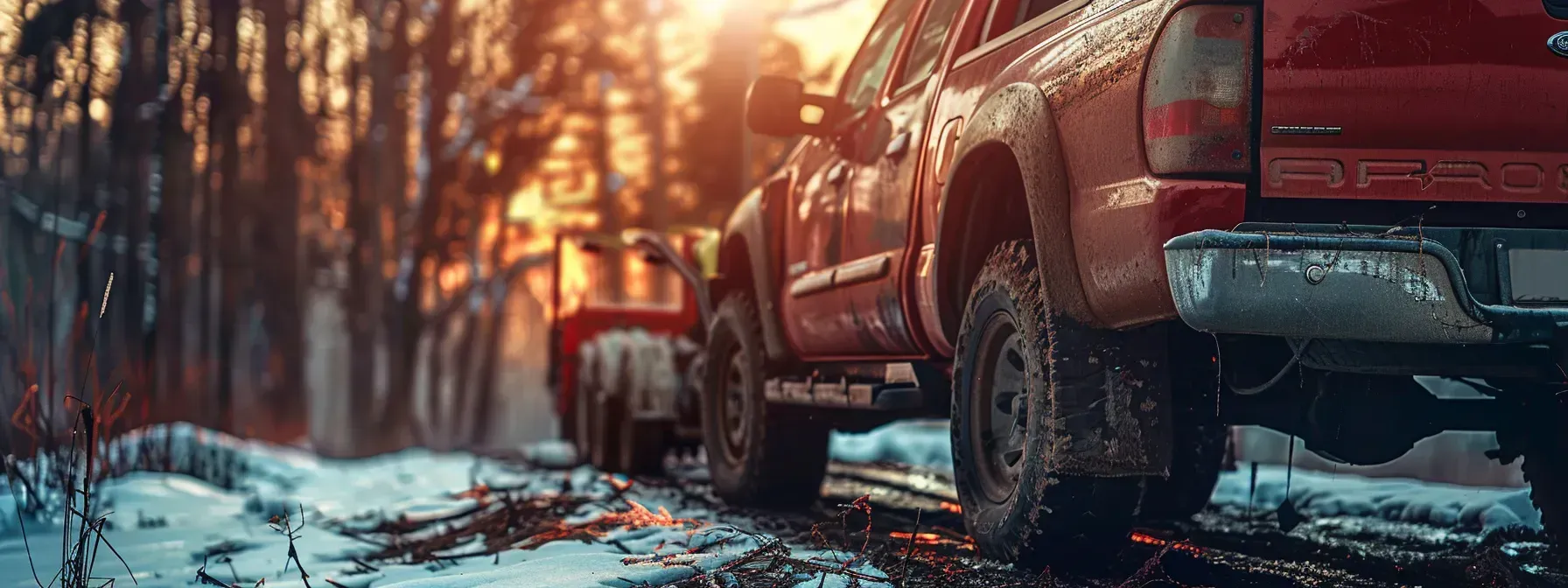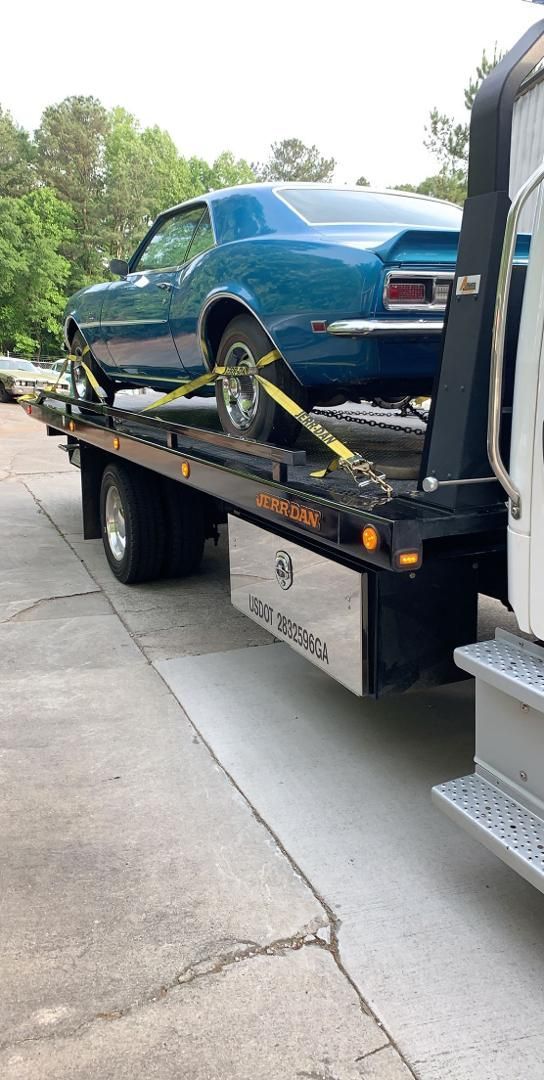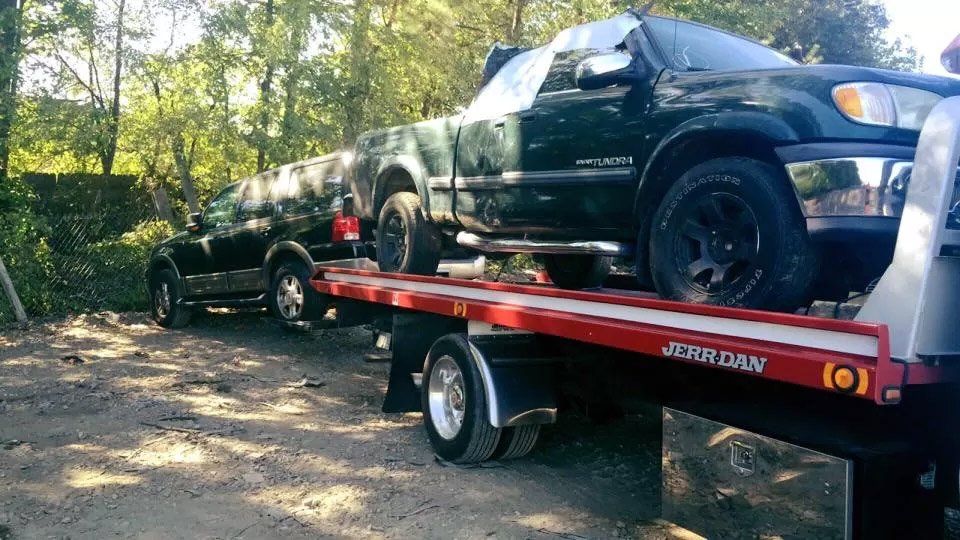5 Essential Pre-Trip Car Checks to Avoid a Summer Breakdown Nightmare
Summer is here, and that means it’s time for that quintessential American tradition: hitting the open road! Whether it's a simple maintenance check or knowing the nearest tow truck service, preparation is key to a smooth journey. Before you buckle up and turn on the ignition, take a moment to perform the top five checks listed below.
1. Look for Radiator Leaks
The radiator is the heart of your car’s cooling system, and a properly functioning one is crucial for preventing your engine from overheating. With the engine cool, open the hood and inspect the radiator for any visible leaks, cracks, or loose hoses. Also, look for signs of coolant seepage around hose connections, the radiator cap, and the overflow reservoir.
If you notice any issues, address them promptly. A leaking radiator can lead to engine damage and an unexpected pit stop on your road trip, so don’t ignore even minor signs of trouble. If you spot anything suspicious, get your car checked by a mechanic before your trip.
2. Top Up the Coolant Reservoir
An overheated engine can ruin your road trip faster than a flat tire. Coolant (also known as antifreeze) keeps your engine at the right temperature, while the coolant reservoir is a plastic tank that holds extra coolant for your radiator. Check the reservoir’s level, according to your car owner’s manual, and ensure it’s filled to the recommended level. If it’s low, top it up with a coolant mixture appropriate for your vehicle.
3. Check Your Air Conditioner
A malfunctioning air conditioning system can turn a scenic summer drive into a sweltering nightmare. Test your AC system and turn it to its coldest setting before hitting the road. If the air feels lukewarm, or there’s no airflow at all, or if there are strange noises, it’s best to have your car’s air conditioning system checked by a qualified mechanic before your trip. They will be able to diagnose the problem and ensure your car stays nice and cool on those hot summer days.
4. Inspect Tires for Correct Air Pressure
Your tires are the only point of contact your car has with the road, so it’s crucial to ensure they’re in good condition. Grab a tire pressure gauge and check each tire (including the spare) against the manufacturer’s recommended PSI. Consult the sticker located inside your driver’s door jamb or your owner’s manual to find the recommended tire pressure for your car.
It’s also important to note that tire pressure is best checked when the tires are cold (not driven for at least three hours). While you're checking the pressure, take a moment to visually inspect your tires for any signs of damage, such as bulges, cracks, or cuts. These can be potential safety hazards and should be addressed by a qualified mechanic.
Worn-out tires can be hazardous, especially during sudden stops or rainy conditions. So, don’t forget to examine the tread depth as well. This vital safety feature helps channel water away and maintain a grip on the road.
There’s a simple way to check your tread depth with a penny. Insert a penny head-first into the tread grooves of your tires. If the top of Lincoln’s head is visible, your tread depth is below the recommended safe limit, and it’s time for new tires. If you need new tires, consider investing in all-season or summer tires for better grip on hot pavement.
5. Check Brakes If They Need Replacing
Your brakes are one of the most critical safety systems in your car. Before your road trip, it’s critical to ensure they’re functioning properly to bring you and your passengers to a safe stop whenever needed. Listen for any squealing or grinding noises while braking, as these can indicate worn-out brake pads that need replacing, and if your brake pedal feels spongy or takes longer to respond, it’s time for a brake inspection. Additionally, if you feel a pulsation in the brake pedal during braking, it could be a sign of warped brake rotors, which may also require attention.
Brake pads should have a minimum thickness specified in your owner’s manual. In some cars, you might be able to visually inspect the brake pad thickness through the gaps in the wheel spokes. If the pads appear thin or uneven, consult a mechanic to get them replaced before your trip.
Don’t forget the brake fluid level as well, as this transmits the pressure from your brake pedal to the calipers, which in turn squeeze the brake pads against the rotors to slow down the wheels. Check your brake fluid reservoir under the hood, following your owner’s manual for the proper level and fluid type. Low brake fluid can be a sign of a leak in the system, which requires immediate professional attention, so don’t skip this check.
Other Pre-Trip Essentials
- Oil and Filter: Change your oil if it’s due. Fresh oil keeps your engine running smoothly.
- Battery: Ensure your battery terminals are clean and securely connected. A dead battery can leave you stranded.
- Belts and Hoses: Check for cracks, fraying, or signs of wear. A broken belt or hose can cause engine failure.
- Emergency Kit: Pack essentials like a first aid kit, flashlight, jumper cables, and reflective triangles.
- Navigation: Update your GPS or smartphone navigation app. Getting lost isn’t part of the adventure!
Conclusion
Before you rev up the engine and chase the sunset, remember that preparation is key. By following these essential checks and taking the time to prepare your car and yourself, you can significantly reduce the risk of breakdowns and ensure a safe and enjoyable summer road trip. However, while you can do everything you can to prepare your car, unforeseen circumstances may still arise.
If you find yourself in a situation where your car won’t start or has broken down on the side of the road, don’t panic. Potts Towing, a trusted tow truck company in Dahlonega, GA, offers reliable and affordable towing and roadside assistance services 24/7. Our highly trained technicians can quickly get you back on the road, minimizing disruption to your trip.
So, don’t let car trouble turn your dream summer road trip into a nightmare. By following the simple tips in this article, and having Potts Towing on speed dial, you can ensure a safe, enjoyable, and stress-free adventure. Contact us today at (770) 557-5410 or browse our website to learn more about our services.

